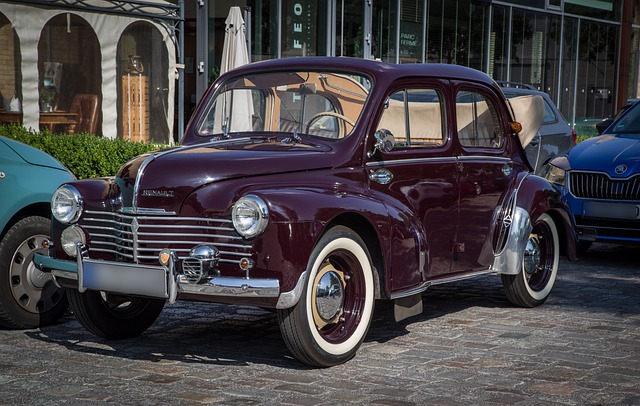Introduction
Traveling with a baby can be a challenging experience, especially when it comes to transportation. One common concern for parents is how to travel without a car seat. While car seats are essential for ensuring the safety of infants and young children in vehicles, there may be situations where you need to travel without one. In this article, we will explore some alternative options and strategies for traveling with a baby without a car seat.
Using Public Transportation
Research local regulations: Before using public transportation, it’s crucial to research the specific regulations and requirements of the city or country you are visiting. Some places may have rules regarding the use of car seats on buses, trains, or taxis.
Hold your baby: If it is allowed and safe, you can hold your baby in your arms during the journey. Ensure that you have a secure grip and are seated in a way that provides stability.
Use a baby carrier or sling: Baby carriers or slings can be a convenient option for traveling without a car seat. They allow you to keep your baby close to you while keeping your hands free. Make sure to choose a carrier that provides proper support and is suitable for your baby’s age and weight.
Private Transportation
Hire a car service with car seats: Many car services and ride-hailing apps now offer the option to request a vehicle with a car seat. This can be a convenient solution if you need to travel by car but don’t have a car seat with you. Research and book in advance to ensure availability.
Renting a car seat: If you are renting a car, you may also have the option to rent a car seat along with it. Check with the rental company to see if they offer this service. Ensure that the car seat meets safety standards and is appropriate for your baby’s age and weight.
Traveling by Air
Check airline policies: Each airline has its own policies regarding traveling with infants and car seats. Some airlines allow infants to travel on an adult’s lap, while others require a separate seat. Check with the airline in advance to understand their regulations and any additional fees involved.
Consider purchasing a seat: While it may be more expensive, purchasing a separate seat for your baby can provide a safer and more comfortable travel experience. This allows you to use an FAA-approved child restraint system, such as a car seat or a CARES harness, which attaches to the airplane seat.
Conclusion
Traveling with a baby without a car seat requires careful planning and consideration. Whether you are using public transportation, private transportation, or traveling by air, it’s important to prioritize your baby’s safety and comfort. Researching local regulations, using alternative transportation options, and considering purchasing a separate seat on an airplane are some strategies to explore. Always ensure that any alternative option you choose meets safety standards and is appropriate for your baby’s age and weight.
References
– National Highway Traffic Safety Administration: nhtsa.gov
– Transportation Security Administration: tsa.gov
– Federal Aviation Administration: faa.gov













